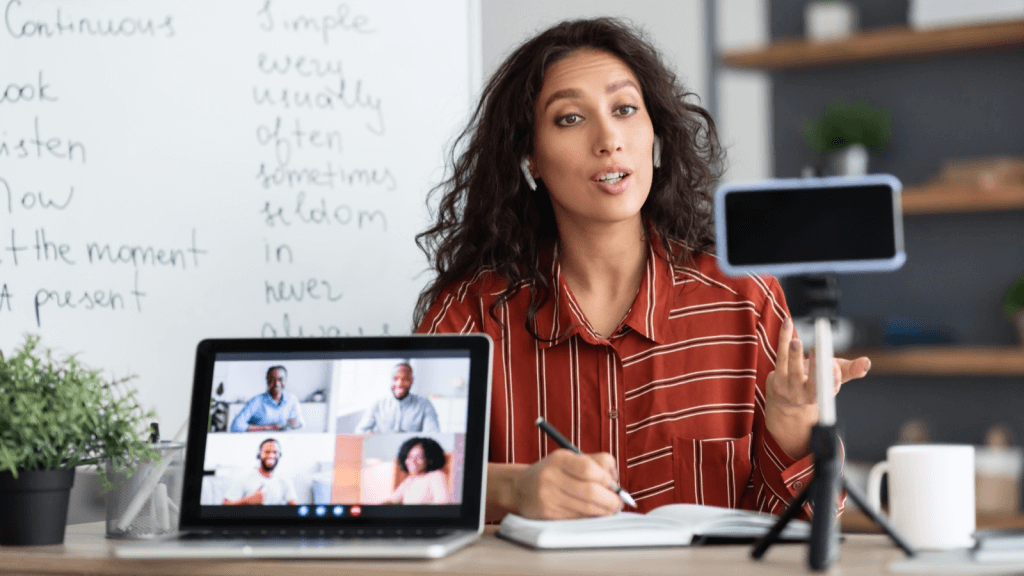The average student’s attention span is constantly challenged by digital distractions, and educators are discovering that video content isn’t just a teaching tool; it’s a cognitive powerhouse. The science behind why visual learning creates lasting educational impact reveals fascinating insights into how our brains process and retain information.
The Neuroscience of Visual Processing
The human brain processes visual information faster than text, making video content an incredibly efficient learning medium, and when students watch educational videos, multiple regions of their brains activate simultaneously – the visual cortex processes imagery, the auditory cortex handles narration, and the hippocampus works to encode these multi-sensory experiences into long-term memory.
This dual coding theory, developed by psychologist Allan Paivio, explains why combining visual and auditory information creates stronger memory pathways than either modality alone. If concepts are presented through video, students receive multiple retrieval cues, significantly improving recall performance weeks and months later.
Emotional Connection and Engagement
Video content excels at creating emotional connections that traditional teaching methods often struggle to achieve. Moving images, music, and storytelling elements trigger the release of neurotransmitters like dopamine and oxytocin, which enhance focus and create positive associations with learning material.
Students who might zone out during a lecture often find themselves captivated by well-crafted educational videos, and this emotional engagement isn’t superficial; it directly impacts comprehension and retention. If learners feel connected to content, their brains are more likely to prioritize that information for long-term storage.
Active Learning Through Passive Consumption
Modern educational videos transform passive viewing into active learning experiences. Interactive elements like embedded questions, clickable hotspots, and pause-and-reflect moments keep students mentally engaged throughout the viewing experience. This approach addresses the common criticism that video learning promotes passivity.
Furthermore, video content allows for self-paced learning, enabling students to pause, rewind, and review complex concepts until mastery is achieved. The flexibility of self-paced video content accommodates different learning speeds and styles, making education more inclusive and effective.
Practical Implementation Strategies
Successfully integrating video into curriculum requires thoughtful planning and execution. Effective educational videos share several key characteristics:
- Optimal length targeting 6-10 minutes to maintain attention while covering substantial content
- Clear learning objectives stated at the beginning to set expectations and focus
- Visual variety including animations, real-world examples, and graphics to sustain engagement
- Consistent pacing with strategic pauses allowing time for information processing
- Interactive elements and reflection prompts encouraging active participation
- High-quality audio and visuals ensuring accessibility and professionalism
Overcoming Implementation Challenges
Many educators hesitate to embrace video learning due to perceived technical barriers or time constraints, but a course on video editing for teachers and user-friendly platforms helps educators create effective educational content. Simple screen recording software, smartphone cameras, and basic editing tools can produce professional-quality results.
The key lies not in technical perfection but in pedagogical soundness. A well-structured video with clear objectives and engaging content will outperform a technically sophisticated but educationally weak production every time.
Video learning’s effectiveness stems from its ability to leverage our brain’s natural processing preferences while creating memorable, emotionally resonant experiences. As educators continue to navigate evolving educational landscapes, understanding why visual content sticks provides a crucial foundation for implementing this powerful teaching tool successfully.
Cassia Rowley is the mastermind behind advertising at The Bad Pod. She blends creativity with strategy to make sure ads on our site do more than just show up—they spark interest and make connections. Cassia turns simple ad placements into engaging experiences that mesh seamlessly with our content, truly capturing the attention of our audience.


